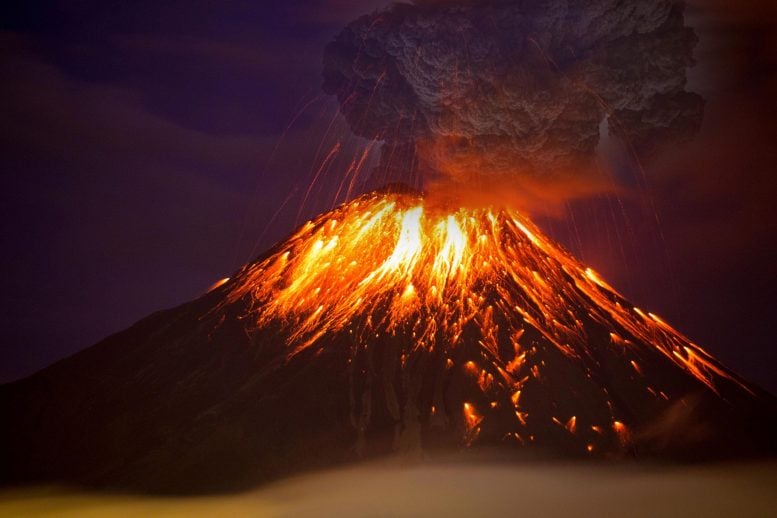
Volcanic eruptions and their ash clouds pose a significant hazard to population centers and air travel, especially those that show few to no signs of unrest beforehand. Geologists are now using a technique traditionally used in weather and climate forecasting to develop new eruption forecasting models. By testing, if the models are able to capture the likelihood of past eruptions, the researchers are making strides in the science of volcanic forecasting.
The study, published in the journal Geophysical Research Letters, examined the eruption history of the Okmok volcano in Alaska. In 2008, a large eruption produced an ash plume that extended approximately 1 mile into the sky over the Aleutian Islands – posing a significant hazard to aircraft engines along a route that transports roughly 50,000 people between Asia and North America each day, the researchers said.
“The 2008 eruption of Okmok came as a bit of surprise,” said University of Illinois graduate student and lead author Jack Albright. “After an eruption that occurred in 1997, there were periods of slight unrest, but very little seismicity or other eruption precursors. In order to develop better forecasting, it is crucial to understand volcanic eruptions that deviate from the norm.”
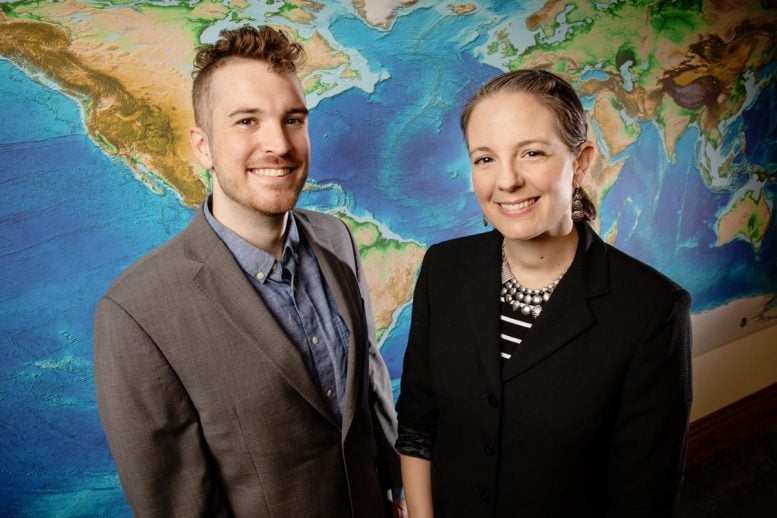
University of Illinois geologists Jack Albright, left, and professor Patricia Gregg are part of a team that has developed new computer models to help researchers better forecast volcanic eruptions. Credit: L. Brian Stauffer
Geologists typically forecast eruptions by looking for established patterns of pre-eruption unrest such as earthquake activity, groundswell, and gas release, the researchers said. Volcanoes like Okmok, however, don’t seem to follow these established patterns.
To build and test new models, the team utilized a statistical data analysis technique developed after World War II called Kalman filtering.
“The version of Kalman filtering that we used for our study was updated in 1996 and has continued to be used in weather and climate forecasting, as well as physical oceanography,” said geology professor Patricia Gregg, a co-author of the study that included collaborators from Southern Methodist University and Michigan State University. “We are the first group to use the updated method in volcanology, however, and it turns out that this technique works well for the unique unrest that led up to Okmok’s 2008 eruption.”
One of those unique attributes is the lack of increased seismicity before the eruption, the researchers said. In a typical pre-eruption sequence, it is hypothesized that the reservoir under the volcano stays the same size as it fills with magma and hot gases. That filling causes pressure in the chamber to increase and the surrounding rocks fracture and move, causing earthquakes.
“In the 2008 eruption, it appears that the magma chamber grew larger to accommodate the increasing pressure, so we did not see the precursor seismic activity we would expect,” Albright said. “By looking back in time with our models, or hindcasting, we can now observe is that stress had been building up in the rocks around the chamber for weeks, and the growth of the magma system ultimately led to its failure and eruption.”
This type of backward and forward modeling allows researchers to watch a volcanic system evolve over time. “While we stopped our analysis after the 2008 eruption, we are now able to propagate this new model forward in time, bring it to the present day, and forecast where Okmok volcano is heading next,” Gregg said.
The researchers posit that these models will continue to find other less-recognized eruption precursors, but acknowledge that every volcano is different and that the models must be tailored to fit each unique system.
The U. of I. team is working in collaboration with researchers from Alaska Volcano Observatory and Southern Methodist University to help build a stronger forecasting system for the Aleutian Islands area.
The National Science Foundation and NASA supported this research.
Reference: “Hindcasting Magma Reservoir Stability Preceding the 2008 Eruption of Okmok, Alaska” by J. A. Albright, P. M. Gregg, Z. Lu and J. T. Freymueller, 25 July 2019, Geophysical Research Letters.
DOI: 10.1029/2019GL083395

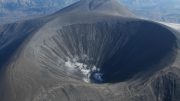
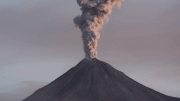

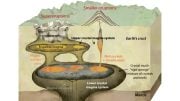
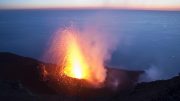

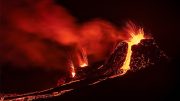
Be the first to comment on "New Volcanic Eruption Forecasting Technique Unveiled by Geologists"